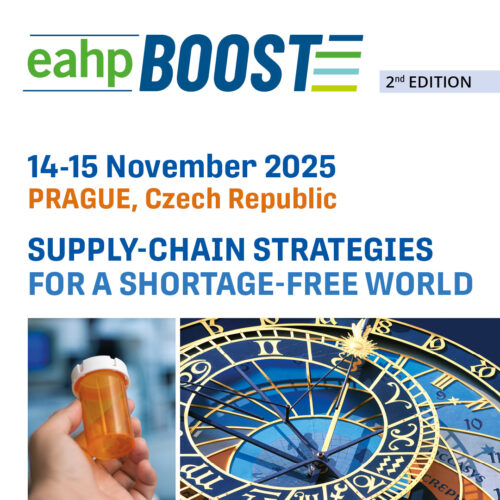THE ACTIVITIES AND IMPACT OF A HOSPITAL-WIDE MEDICATION INITIATIVE (submitted in 2019)
European Statement
Patient Safety and Quality Assurance
Author(s)
Alice Oborne, Mark Kinirons, Virginia Aguado, Steve Wanklyn, Laura Watson, Jaymi Mistry, Duncan McRobbie, Abhiti Gulati, Emma Ritchie, David Wood, Niall Stewart-Kelcher, Adrian Hopper, Patricia Snell, Tony West
Why was it done?
Medicines are common interventions but have inherent dangers: 9% inpatient prescriptions contain errors, and medication errors occur at an estimated rate of one per patient per day [1-3]. Medication incident reporting was low, with high proportions of harmful incidents.
What was done?
Senior and junior staff collaborated to systematically improve safe medication processes and outcomes in a 1200-bedded multi-site hospital. The work aimed to reduce harm from medicines and improve medication safety culture.
How was it done?
Pharmacists, doctors, nurses and governance staff set up a Medication Safety Forum which met monthly to focus on high risk drugs, processes and patients. Published literature and international guidance were reviewed [1-3]. Twelve subgroups worked on safer opioid, insulin, anticoagulant, allergy and injectable medicine use and paediatric, elderly, critical care and peri-operative care. Subgroups published guidelines on the hospital intranet. External aviation and patient safety experts reviewed processes. Medication incident data were reported to staff monthly from June 2008. A monthly medication safety newsletter (total 68), screensaver messages, podcasts, mouse-mats, ‘safety days’, audit, training and senior staff promoted best practice. Electronic prescribing and medication administration (EPMA) with decision support was introduced in 2015.
What has been achieved?
The Medication Safety Forum met monthly 2009−2019. Medication incident reporting increased from 60 to over 400 per month (total 31330 over 11 years), whilst harmful incidents all reduced (Figure). Incidents with harm reduced from 51 to 24 in the first to last 20 months. Dose omissions reduced by 10% despite an increase in patient acuity, anticoagulant use and insulin use. The most common incident type was wrong dose, agreeing with national incident data. New guidelines included 30 for insulin, 28 anticoagulation and 19 opioid use. Medication incident reporting increased from 10th to highest in similar hospitals [3].
What next?
Multidisciplinary leadership, multimedia guidance, technology, audit and feedback in medication safety can be applied in any healthcare setting to enhance patient safety. Further system enhancements are planned.
References:
[1]National Patient Safety Agency 2004. Seven steps to patient safety
[2]Prescribing report, 2010. www.rcpLondon.ac.uk
[3]NHS Improvement organisational data reports
























